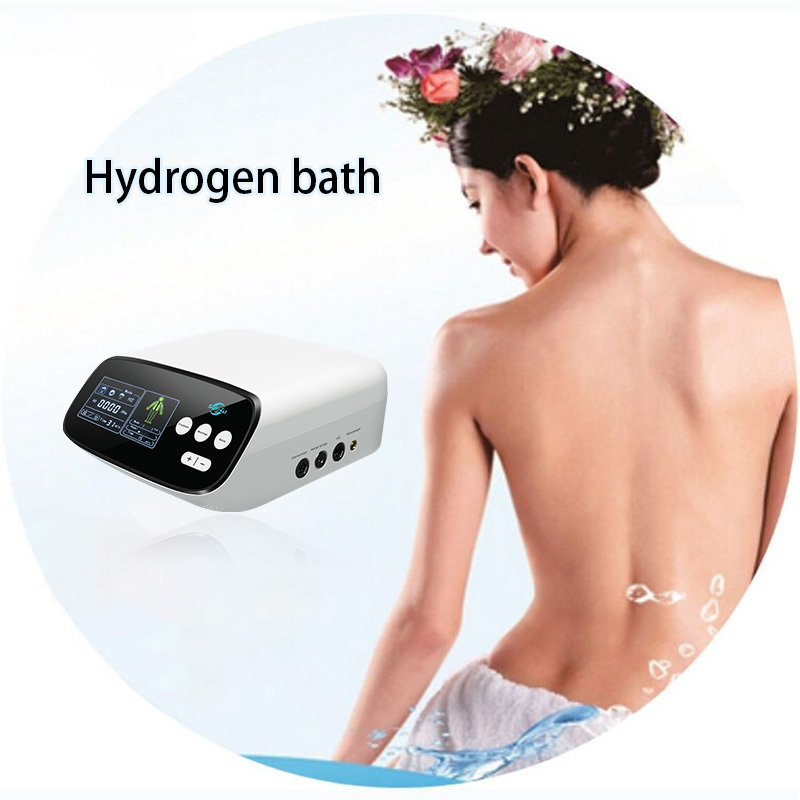There is an inflammation related to aging, and an antioxidant comes from hydrogen.
Mar 5,2024
A large number of studies suggest that inflammatory aging may be the culprit of immunosenescence. Aging-related inflammation is also known as inflammatory aging (Inflammaging). Inflammatory aging is a sterile, low-grade chronic inflammation that gradually increases with age. Not only is it a sign of old age, it can also lead to declining health, frailty, and age-related diseases. In the process of immune system aging, the decline in immune function of individuals with aging (i.e., immunosenescence) has long been regarded as a cause of inflammatory aging and body aging.
The underlying causes of inflammatory aging remain unclear, but there are some hypothesized models such as the accumulation of cellular debris, also known as the "garb-aging" theory, in which macromolecules within cells become damaged as we age. When coupled with the progressive decline in repair and autophagy, this accumulated macromolecular damage leads to increased levels of cellular “junk” that triggers inflammation through innate immune signaling. This theory is fully consistent with the subsequently identified hallmarks of aging, including loss of proteostasis, genomic instability (including reduced repair capacity), and altered cell signaling. Although waste accumulation may play an important role in local and systemic inflammation, it is unlikely to be the sole driver of inflammation.
Immunosenescence is intricately linked to inflammatory senescence, through interactions between all components of the innate and adaptive immune systems, and through the inflammatory contribution of SASP production of senescent cells throughout the body.
Thus, in the context of aging, adaptive immune cells contribute to inflammation by increasing autoimmunity, pro-inflammatory Th17 activity, and removing failure of senescent cell immune surveillance, whereas innate immune cells drive inflammatory senescence through bone marrow skewing, increasing pro-inflammatory Th17 activity. group, producing a pro-inflammatory response. Senescent macrophages may be unable to clear SASP-secreting senescent cells from tissues, and therefore senescence of innate immune cells can directly or indirectly promote inflammation.
The inflammatory response itself is a normal manifestation of the body's immune function and is an important way to remove pathogens and the body's own damaged components. However, aging-related inflammation, on the one hand, is relatively low in intensity and cannot exert normal immune function; on the other hand, it continues to occur, leading to its own Tissue and system damage. Damage caused by inflammation must be through inflammatory molecules. The key type of inflammatory molecules that cause damage are various reactive oxygen species. Therefore, oxidative stress damage caused by inflammation is an important tool for aging inflammation to cause physical damage. Therefore, how to alleviate oxidative damage has become an important strategy to reduce aging inflammation and prevent aging.
How to choose antioxidant tools becomes a question. Hydrogen is a recently discovered new type of antioxidant. Its important feature is that it has a mild and extensive effect without destroying the body's own oxidative balance. Gentleness and safety are important factors for long-term use. Therefore, hydrogen is expected to become an important means to overcome aging inflammation.

